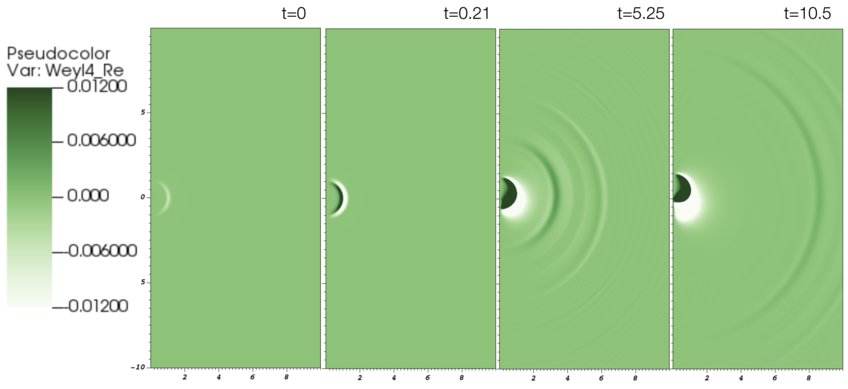What no one has seen before: new study simulates gravitational waves from failing warp drive
Warp drives are staples of science fiction, and in principle could propel spaceships faster than the speed of light. However, there are many problems with constructing them in practice, such as the requirement for an exotic type of matter with negative energy. Nevertheless, physicists have been exploring the theoretical possibility of warp drives for decades, and a new study published in the Open Journal of Astrophysics takes things a step further – simulating the gravitational waves such a drive might emit if it broke down.

Paper abstract
Despite originating in science fiction, warp drives have a concrete description in general relativity, with Alcubierre first proposing a spacetime metric that supported faster-than-light travel. Whilst there are numerous practical barriers to their implementation in real life, including a requirement for negative energy, computationally, one can simulate their evolution in time given an equation of state describing the matter. In this work, we study the signatures arising from a warp drive ‘containment failure’, assuming a stiff equation of state for the fluid. We compute the emitted gravitational-wave signal and track the energy fluxes of the fluid. Apart from its rather speculative application to the search for extraterrestrial life in gravitational-wave detector data, this work is interesting as a study of the dynamical evolution and stability of spacetimes that violate the null energy condition. Our work highlights the importance of exploring strange new spacetimes, to (boldly) simulate what no one has seen before.
